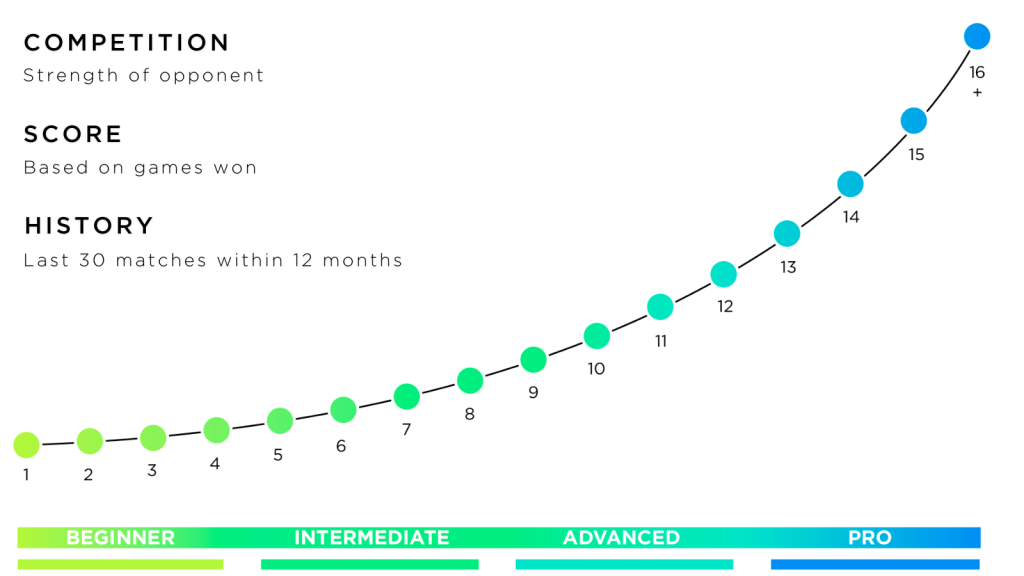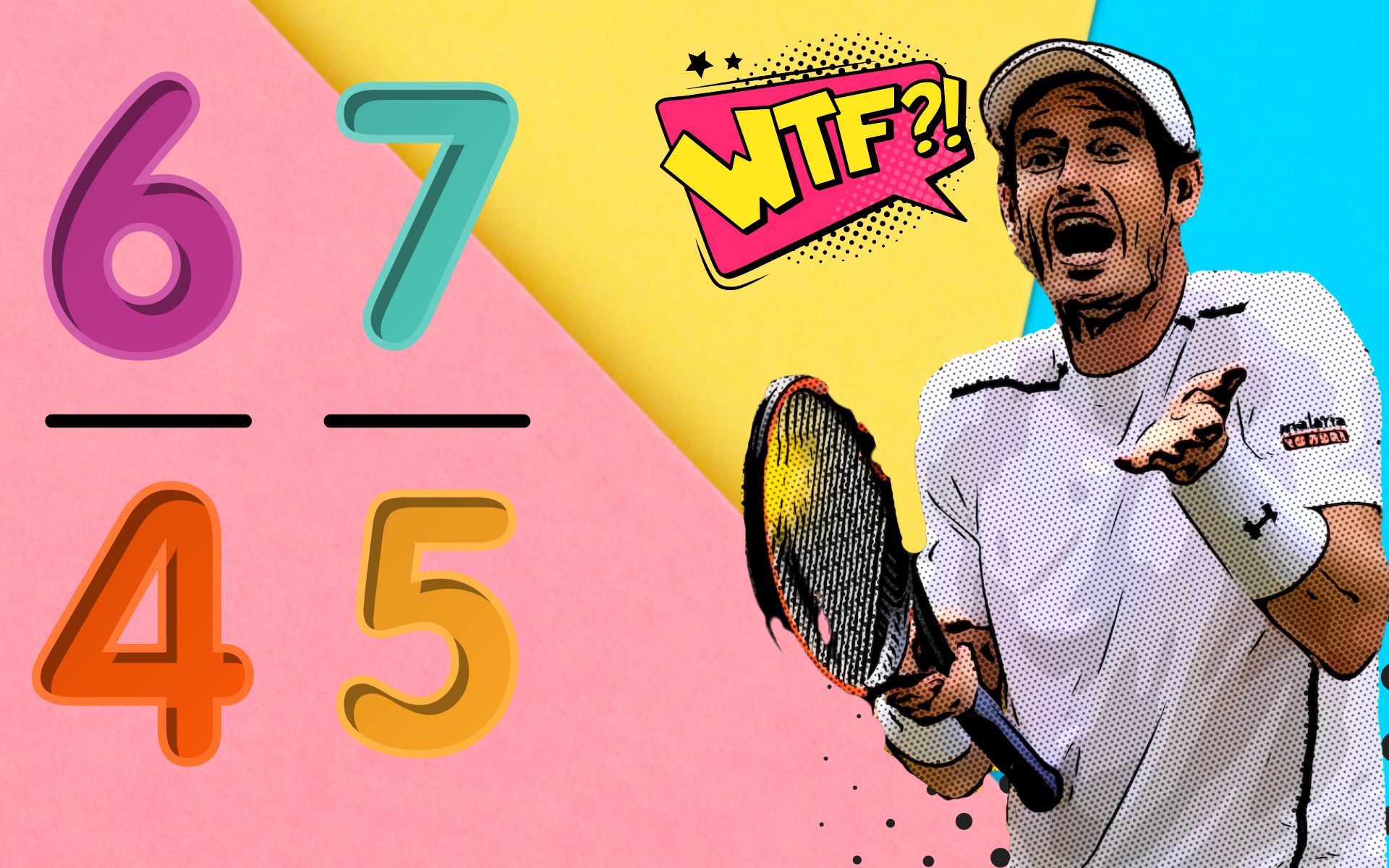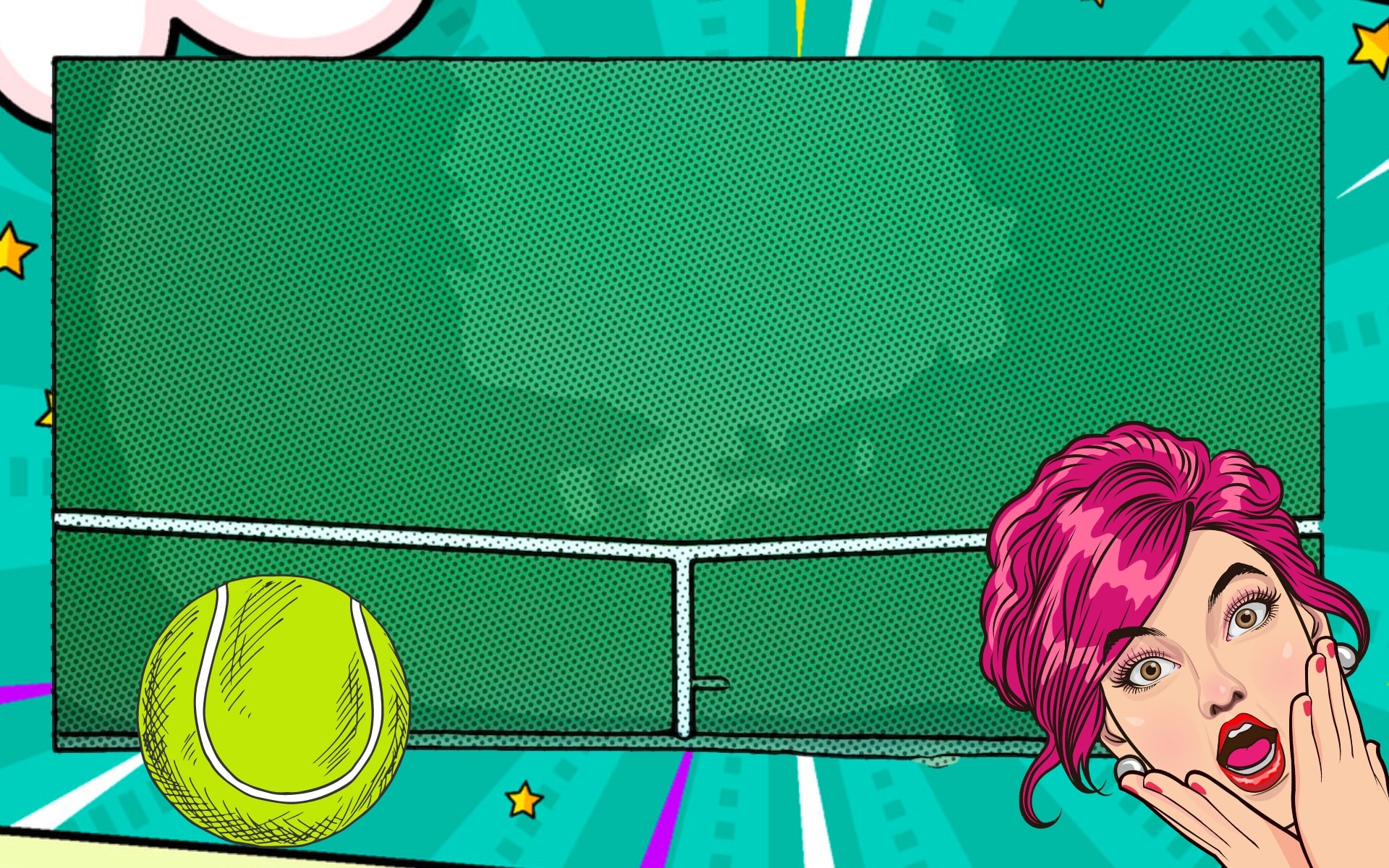Tennis is a sport loved by millions of people around the world. Whether you’re a recreational player or a professional competitor, having an accurate measure of your skills and performance is essential. This is where the Universal Tennis Rating (UTR) comes into play. In this article, we will explore the intricacies of the UTR system, how it is calculated, its benefits, challenges, and its implementation in the tennis community.

Introduction to Universal Tennis Rating (UTR)
The Universal Tennis Rating, commonly known as UTR, is a comprehensive rating system that provides a standardized measure of tennis skill levels for players of all ages and abilities. Unlike other ranking systems that focus solely on competitive results or age categories, UTR takes into account various factors to provide a more holistic assessment of a player’s capabilities.
What is the Universal Tennis Rating?
The Universal Tennis Rating is a numerical value that represents a player’s skill level in tennis. It is calculated based on a player’s match results against other players with known UTR ratings. The rating is designed to be dynamic, continuously evolving as players compete and improve their game.
How is the Universal Tennis Rating calculated?
The calculation of the Universal Tennis Rating involves several key factors that aim to accurately reflect a player’s skill level. These factors include evaluating match results, considering the opponent’s rating, weighting recent matches, and adjusting for the surface type.
When assessing match results, the UTR algorithm takes into account not only whether a player wins or loses but also the competitiveness of the match. A close match against a highly rated opponent can positively impact a player’s rating, even in defeat.
Additionally, the rating of the opponent faced in a match plays a crucial role in the calculation. Beating a player with a higher rating will result in a larger rating increase compared to defeating a player with a lower rating.
To ensure the UTR is a reflection of a player’s current form, recent matches are given more weight in the calculation. This means that a player’s rating can change more significantly based on their recent performance, capturing their current level of play.
Another factor taken into consideration is the surface type. Different players may excel on specific surfaces, and the UTR algorithm adjusts the ratings accordingly to account for this variation.
Understanding the UTR scale
The UTR scale ranges from 1.00 to 16.50, with higher numbers indicating a higher skill level. The scale is divided into different player categories to provide a clearer understanding of the rating ranges.
For example, a UTR rating of 1.00 to 2.99 is classified as a beginner level, while ratings from 10.00 to 11.99 are considered professional-level skills. These categories help players gauge their abilities and identify areas for improvement.
Comparing UTR ratings can provide valuable insights into the competitiveness of matches. A small rating difference between players indicates a closely contested match, while a larger gap suggests a potential mismatch in skill levels.
Benefits of the Universal Tennis Rating system
The Universal Tennis Rating system offers several benefits to players, coaches, and organizers within the tennis community.
Firstly, UTR facilitates fairer match-ups. By considering multiple factors and using a dynamic rating system, players are more likely to compete against opponents of similar skill levels. This ensures a more enjoyable and competitive experience for everyone involved.
Secondly, UTR promotes player development. With a clear measure of their skills, players can set goals and track their progress over time. Coaches can use UTR to identify strengths and weaknesses, tailoring training programs to maximize improvement.
Furthermore, UTR encourages tournament participation. Players can use their rating to find tournaments that align with their skill level, fostering a sense of healthy competition and allowing players to test themselves against others of similar abilities.
Criticisms and challenges of the UTR system
While the Universal Tennis Rating system has gained widespread acceptance and popularity, it is not without its critics and challenges.
One criticism is the limited availability of data for certain players. UTR relies on match results to calculate ratings, and players with fewer matches may have less accurate ratings. This can be particularly challenging for junior players or those with limited tournament opportunities.
Another challenge is the potential bias towards certain playing styles. UTR primarily focuses on match results, which may favor players with specific styles of play that lead to more wins. This can inadvertently disadvantage players with different playing approaches.
Additionally, comparing UTR ratings across different age groups can be challenging. The system is primarily designed for adult players, and while efforts are being made to adapt it for juniors, comparing ratings between different age categories may not provide an accurate assessment of skill levels.
Implementing UTR in the tennis community
The Universal Tennis Rating system has been widely embraced within the tennis community and implemented in various contexts.
UTR events and tournaments have become increasingly popular, providing players with opportunities to compete against opponents of similar skill levels. These events offer a more balanced playing field and attract players looking for fair and competitive matches.
Moreover, UTR has made an impact on college recruiting and scholarships. College coaches often use UTR as a tool to evaluate prospective players, enabling them to identify talented individuals based on their skill level rather than relying solely on tournament results.
Furthermore, professional player rankings have started incorporating UTR into their assessments. The dynamic nature of UTR ratings provides a more accurate representation of a player’s current form, making it a valuable addition to the existing ranking systems.
Conclusion
The Universal Tennis Rating system has revolutionized the way tennis skill levels are assessed. With its comprehensive approach, UTR provides players, coaches, and organizers with a valuable tool to enhance player development, promote fair competition, and create a more inclusive tennis community.
By considering match results, opponent ratings, recent performance, and surface types, UTR delivers a more nuanced understanding of a player’s abilities. However, challenges such as limited data availability and bias towards certain playing styles need to be addressed to further improve the system’s accuracy and fairness.
UTR’s implementation in various aspects of the tennis world, including tournaments, college recruiting, and professional rankings, highlights its growing influence and recognition within the sport.
FAQs
1. How often is the Universal Tennis Rating updated?
UTR ratings are typically updated on a rolling basis as new match results become available. This ensures that players’ ratings accurately reflect their current level of play.
2. Can players from different countries be compared using UTR?
Yes, UTR provides a universal rating system that allows players from different countries to be compared. The standardized scale and comprehensive methodology make it possible to assess skill levels across borders.
3. Does UTR consider doubles matches?
Yes, UTR takes into account both singles and doubles matches. The algorithm considers match results from both formats to calculate a player’s rating accurately.
4. Is UTR applicable to junior players?
While UTR is primarily designed for adult players, efforts are being made to adapt the system for junior players. Junior-specific rating scales and adjustments are being developed to provide a more accurate assessment of skill levels within different age groups.
5. Are there any plans to expand the UTR system?
Yes, the creators of UTR continue to refine and expand the system. They are actively working to address challenges and incorporate feedback from the tennis community to improve the accuracy and applicability of the UTR rating system.





